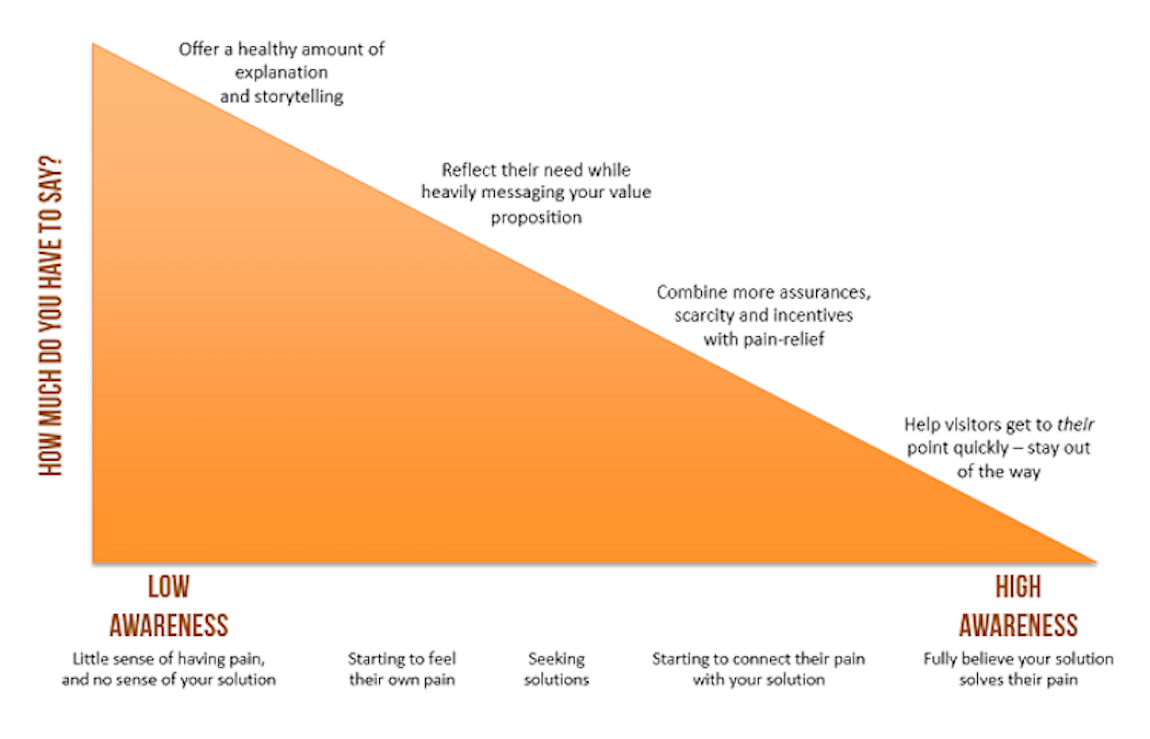B2B Monday Myth: Positioning Your Brand As ‘The Best’ Is a Good Marketing Strategy
by MGB2B
The Myth: Everyone Wants the Best, So That Should Be Your Claim.
The Truth: Find Your Point of Differentiation, or Your Competitors Win.
Maybe you actually are the best manufacturer of aerospace components, the best provider of recruitment services, the best commercial construction company in the region. But B2B buyers are so used to hearing businesses call themselves “the best,” it falls on deaf ears. They are practically born with BS detectors inside their brains.
So even if you’re the best in town, what you need to tell them is why you are the best.
You can start your positioning process with these questions:
- What are you competitors saying about themselves?
- What do you do differently?
- What do you better?
- What can you claim that no one else can?
- How is the personality of your brand different from others in your category?
The truths you discover by answering these questions will help drive your strategic brand positioning. Even if you already knew the answers, if you are marketing your business as “the best,” your message likely does not include them. And will have to go a long way to resonate with your target audience.
The questions listed above are just an introductory step to discovering your brand voice. There’s a lot more discovery you may have to do to develop a full positioning statement and a marketing strategy that’s inline with what you find. It is one of the most important exercises for a B2B brand to go through.
Positioning B2B brands correctly takes a little bit of research and hard work. But the results will help you not only be “the best” in your category, but the best at getting quality leads. If you want to increase your market share, say goodbye to “best” and hello to something even greater.
Continue Reading
B2B Monday Myth: Landing Pages Should Always Be Short and Sweet
by MGB2B
The Myth: Landing Pages Should Always Be As Short As Possible
The Truth: One Size Does Not Fit All. Sweet Definitely. But Not Necessarily Short.
Perhaps you’ve asked yourself the question: How long should my copy be? Or maybe you’ve heard that in order to maintain your audience’s attention, your messaging should always be short, sweet, and to the point. However, you should never write copy with a predetermined length in mind. Whether you are creating an argument, a story, or an explanation, the length of the copy will depend on what you have to say, who you are talking to, and what you want them to do after reading your page. So how do you identify a prospect’s state of awareness? And most importantly, how do you nurture them into making a decision?
In this article written by Brian Clarke, he references an ideology thought up in the book Breakthrough Advertising by one of the greatest copywriters of all time, Eugene Schwartz – the 5 stages of prospect awareness. By understanding these stages, you can more easily define who you’re talking to and more clearly set your goals. These are the stages as Schwartz outlines them in Breakthrough Advertising:
The 5 Stages of Prospect Awareness
Most Aware – The prospect is aware of your product and is only interested in “the deal.”
Product-Aware – The prospect is aware of what you sell, but doesn’t know if it’s a good fit for them.
Solution-Aware – The prospect is aware of how to solve their problem, but doesn’t know if your product will do the job.
Problem-Aware – The prospect is aware of the problem, but doesn’t know how to solve it.
Completely Unaware – No prior knowledge of anything besides their own identity and opinion.
Now that you have an idea who your landing pages are targeting, you can start to zero in on how much information is needed to inspire a decision. Circling back to the article by Joanna Weibe, she created this chart to help guide that process:
The more unaware your target is about your product, the more word mileage it will take to captivate them. Similarly, it will take longer to convert them as well. On the contrary, the more aware your target already is about what you have to offer, the less they’ll want to read. They just want you to cut to the chase. The main thing that matters is that whatever you include on the page, whether it’s a paragraph or a tome, the content can sway your audience.
One of the best tests you can do is to bounce your copy off someone who is at the level of awareness you are writing to. How do they react? What is interesting to them? What’s making them yawn? Next time you ask yourself: “How long should my copy be?” take their answers into account before you go back and edit your landing pages.
Need a hand creating landing pages? Drop us a line.
Continue ReadingB2B Monday Myth: Unsubscribes Are Bad
by MGB2B
The Myth: Unsubscribes Are Bad
The Truth: Unsubscribes Can Become One of Your Greatest Email Marketing Tools
You may look at the number of unsubscribes after you send out an email and do a victory dance because your unsubscribe rate is low. Or, you might fret over high unsubscribe rates. But the question is: Are Email Unsubscribes Bad? Not necessarily.
Contrary to popular belief, unsubscribes are not always bad news. When prospects opt out from your emails, it means you’ve cut people from your list with little to no interest in your product or service. And you did it without moving a muscle. This paints a clearer picture of which prospects are interested — and that will translate into higher conversion rates down the road.
Here Are 3 Silver Linings You Can Find In Your Unsubscribe List:
- You’ll Save Time and Money. There’s no glory in having 1,000,000 people on your email list if only a small percentage is engaging with your content or even interested in what you have to say. When people unsubscribe, it’s usually because they are uninterested and unlikely to convert, not because your campaign is flawed or off-base. This leads to a more condensed but higher-quality list, allowing you to increase the focus on your target audience. Homing in on interested prospects will save you time and money down the road, since you won’t be following up unnecessarily with cold leads.
- You Can Learn More About Your Target. When your list condenses, it allows you to get to know your target audience better. You can fine-tune your content and even rework products based on the feedback and behavior of this tighter, more interested audience. With more accurate information, your marketing team will be more successful with converting subscribers into lasting buyers.
- You Can Learn More About Your Email Practices. Look at unsubscribes as an opportunity to learn more about how you can improve your email practices by asking why they are unsubscribing. If you have a high unsubscribe rate and they tell you they feel bombarded by your emails, pull back a bit. If they are frustrated because your emails aren’t mobile-friendly, you’ll need to change your email design. High unsubscribe rates can happen for lots of reasons, so use unsubscribes as a tool to improve your email efforts.
You also don’t need to wait for people to unsubscribe to cull down your list. Interested in parting ways with uninterested readers? It might be time for some breakup emails. Check out these tips on how to write one. Saying goodbye can be hard, but sometimes it’s best for business.
Continue Reading


